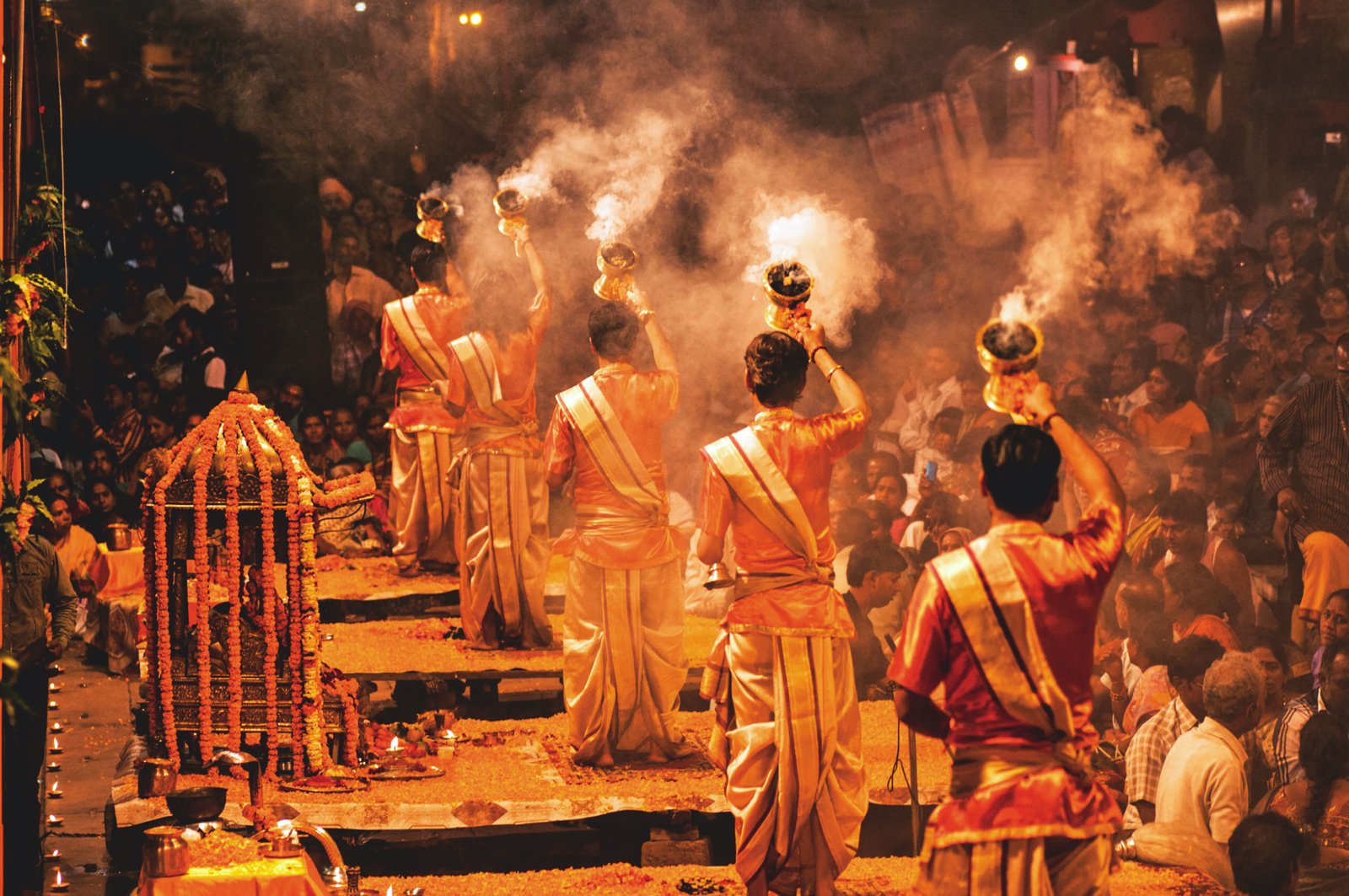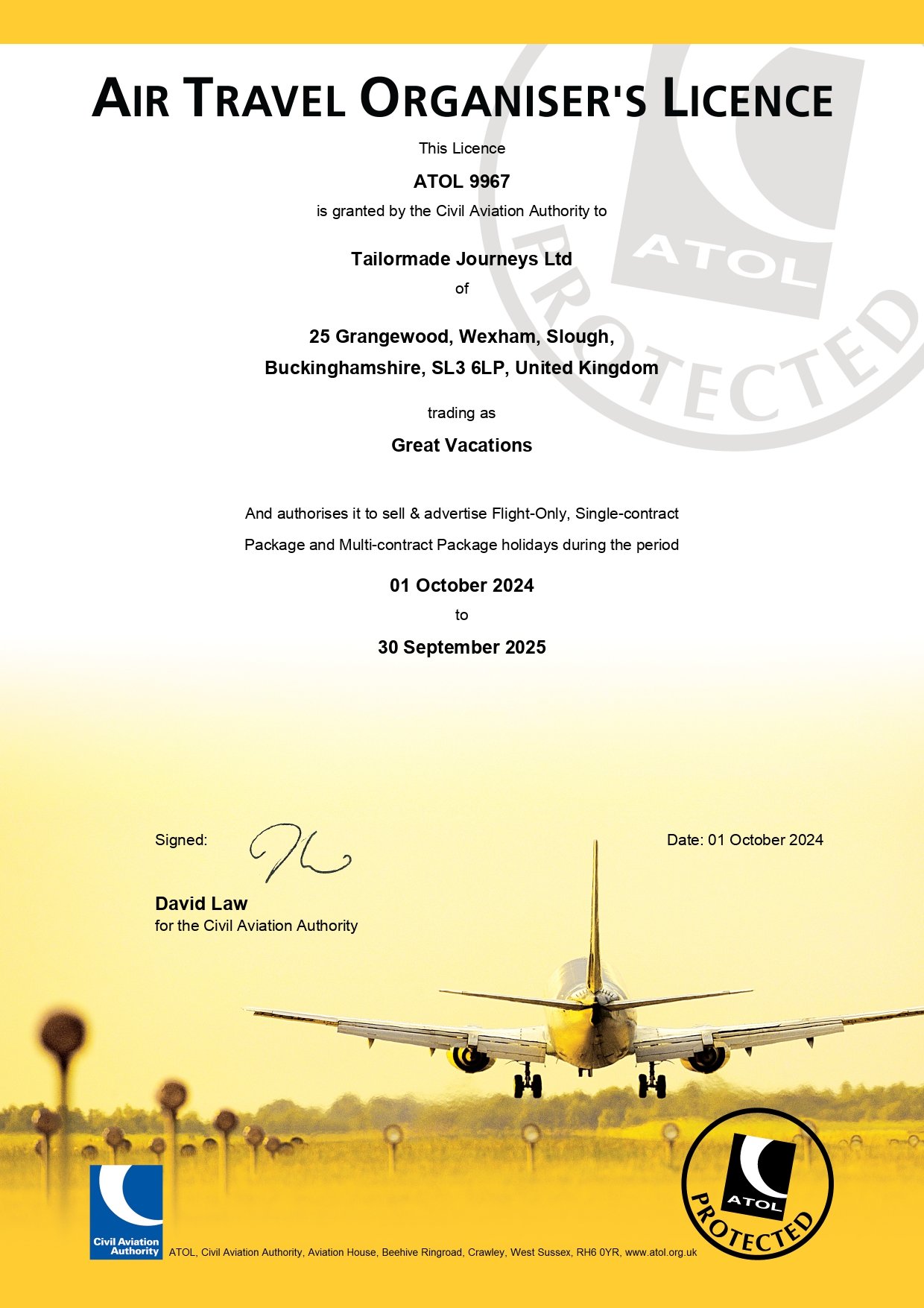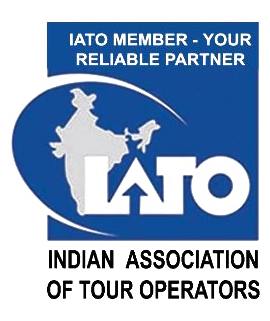Myanmar, formerly known as Burma, is a Southeast Asian gem that has only recently emerged on the global tourism stage. Nestled between India, China, and Thailand, Myanmar offers an intoxicating blend of rich history, diverse culture, stunning landscapes, and timeless traditions. This blog aims to be your detailed guide to exploring this enigmatic country, ensuring that your journey through Myanmar is both memorable and fulfilling.
A Glimpse into Myanmar’s Fascinating History
Myanmar’s history is a tapestry of ancient kingdoms, colonial influence, and modern resilience. The country’s past is vividly reflected in its architectural wonders, such as the majestic Bagan temples and the colonial-era buildings in Yangon. Understanding Myanmar’s historical context enriches your travel experience, providing deeper insights into its culture and traditions.
Ancient Kingdoms and Historical Sites
Myanmar boasts a wealth of historical sites, each telling a unique story of its past rulers and civilizations. The ancient city of Bagan, with over 2,000 temples and pagodas, stands as a testament to the grandeur of the Pagan Kingdom. Walking through these ancient ruins, one can almost hear the whispers of history echoing through the temple walls.
 Bagan: The Temple City
Bagan: The Temple City
Bagan is undoubtedly one of Myanmar’s most iconic destinations. The sheer number of temples and stupas scattered across its plains creates an otherworldly landscape. Key temples to visit include:
- Ananda Temple: Known for its exquisite architecture and four standing Buddhas.
- Shwezigon Pagoda: A prototype of Burmese stupas with a magnificent golden stupa.
- Dhammayangyi Temple: The largest temple in Bagan, renowned for its imposing structure and historical significance.
Colonial Influences and Modern History
Yangon, Myanmar’s largest city, is a fascinating blend of colonial heritage and modern vibrancy. The city’s architecture, characterized by grand colonial buildings, narrates the story of British Burma. The Yangon Heritage Trust offers walking tours that delve into this historical period, providing a deeper appreciation for the city’s unique charm.
Key Colonial Landmarks in Yangon
- Sule Pagoda: An ancient pagoda surrounded by colonial-era buildings, symbolizing the fusion of Myanmar’s ancient and colonial past.
- Strand Hotel: A luxurious colonial hotel that has hosted numerous dignitaries and celebrities.
- Yangon City Hall: A striking example of syncretic architecture, combining Burmese and British styles.
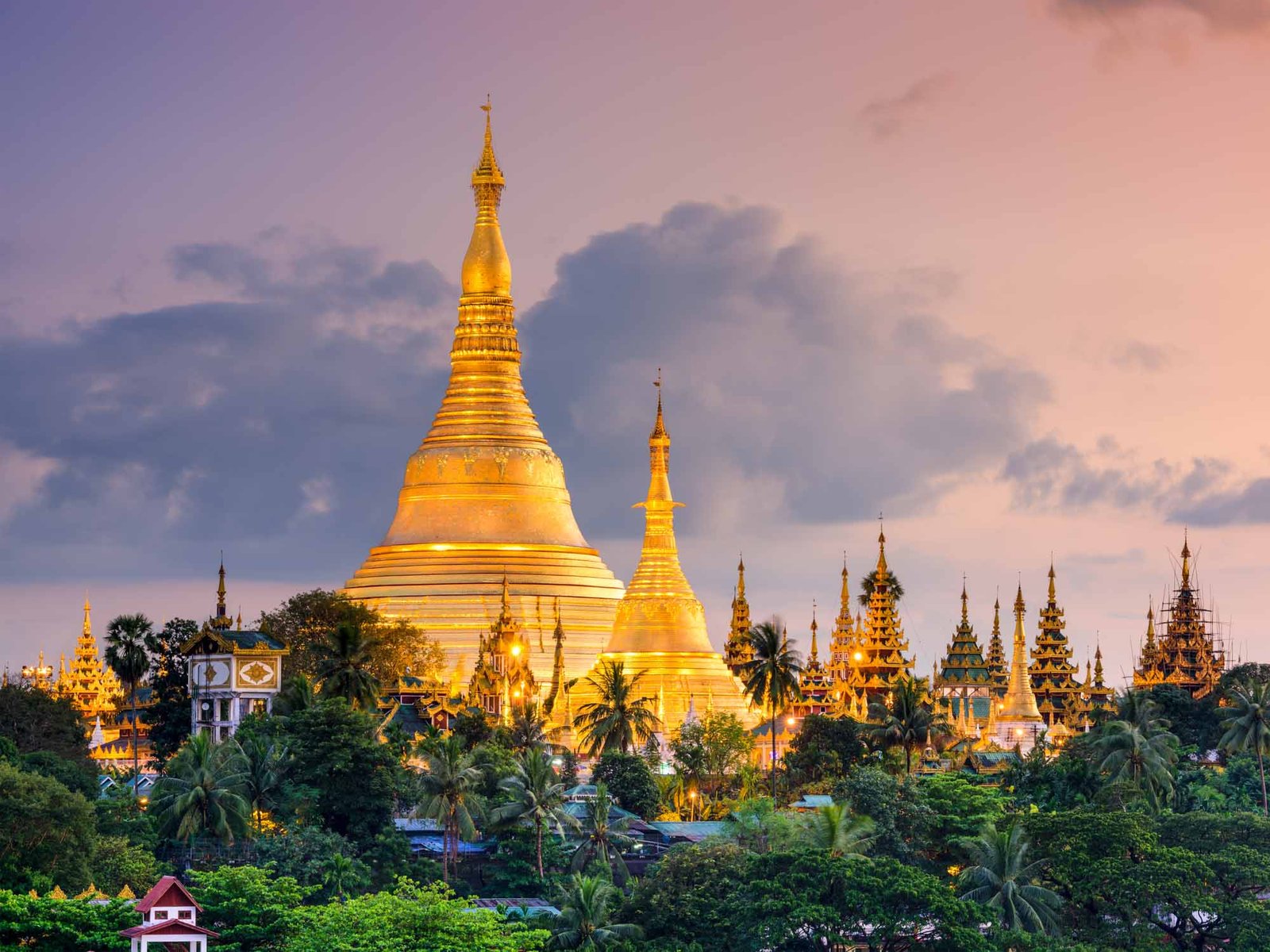 The Natural Splendor of Myanmar: Landscapes and Wildlife
The Natural Splendor of Myanmar: Landscapes and Wildlife
Beyond its historical allure, Myanmar is a land of breathtaking natural beauty. From the serene waters of Inle Lake to the pristine beaches of the Bay of Bengal, the country offers diverse landscapes that cater to every type of traveler.
Inle Lake: The Heart of Shan State
Inle Lake, nestled in the Shan Hills, is a tranquil oasis that offers a unique glimpse into the lives of the local Intha people. Known for their distinctive leg-rowing technique, the Intha fishermen create a picturesque scene against the backdrop of the lake’s serene waters.
Must-Do Activities at Inle Lake
- Boat Tours: Explore floating gardens, stilt villages, and local markets.
- Phaung Daw Oo Pagoda: A significant religious site housing five ancient Buddha images.
- Nga Hpe Kyaung Monastery: Also known as the Jumping Cat Monastery, famous for its trained cats and beautiful teak architecture.
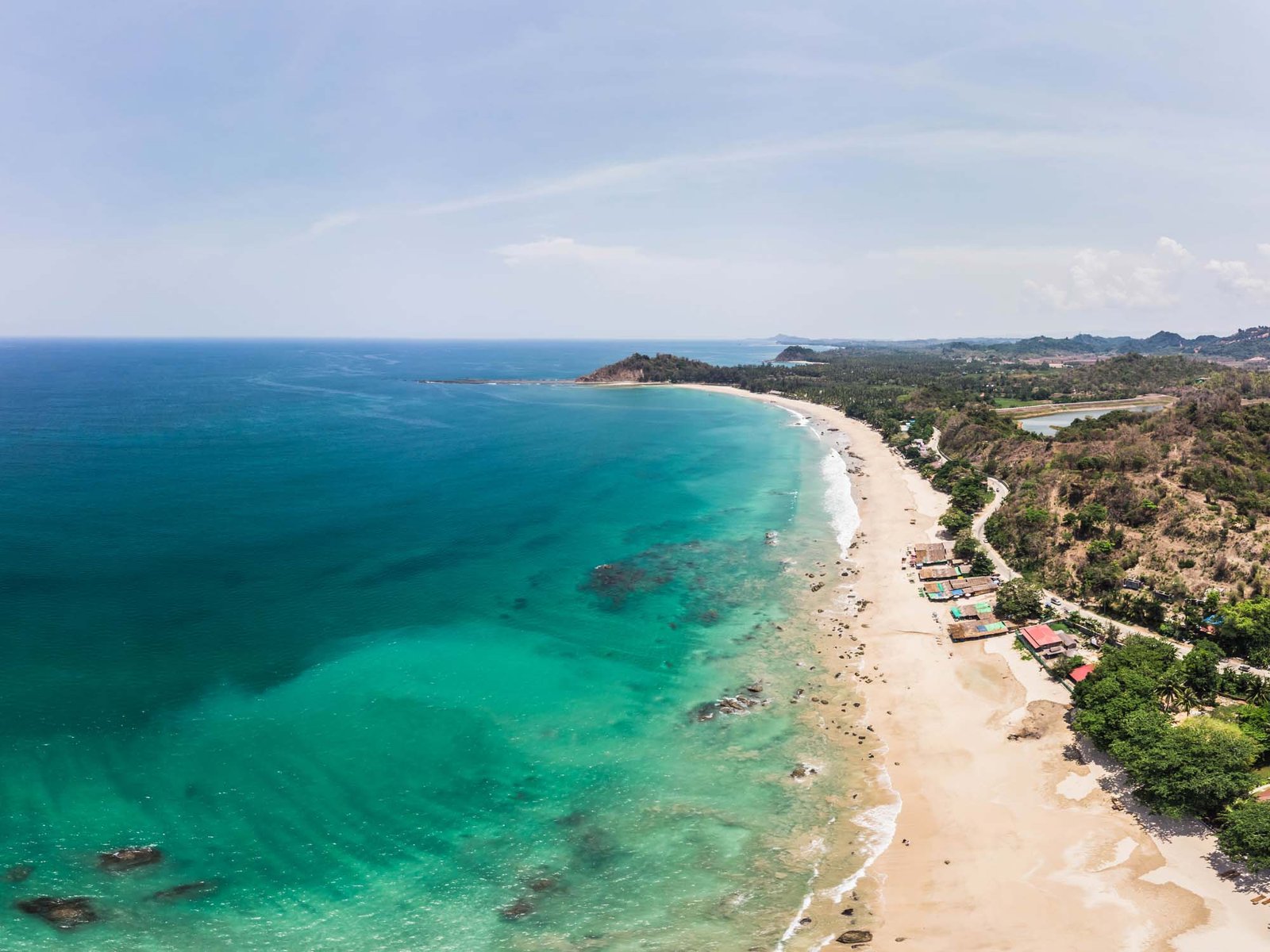 The Beaches of Ngapali and Ngwe Saung
The Beaches of Ngapali and Ngwe Saung
For those seeking sun and sand, Myanmar’s coastline offers some of the most beautiful beaches in Southeast Asia. Ngapali Beach, with its white sands and crystal-clear waters, is perfect for relaxation and water sports. Ngwe Saung Beach, slightly less developed, offers a more secluded escape with equally stunning scenery.
Beach Activities and Attractions
- Snorkeling and Diving: Explore the vibrant marine life and coral reefs.
- Fishing Villages: Experience local life and enjoy fresh seafood.
- Island Hopping: Discover nearby islands and their untouched beauty.
Cultural Riches: Festivals, Cuisine, and Traditions
Myanmar’s cultural landscape is as diverse as its natural one. The country’s festivals, cuisine, and traditions offer a vibrant tapestry of experiences that reflect its rich cultural heritage.
Festivals: A Kaleidoscope of Colors and Traditions
Myanmar’s festivals are deeply rooted in its Buddhist traditions and are celebrated with great enthusiasm. The Thadingyut Festival, also known as the Festival of Lights, illuminates the country with thousands of lanterns. The Thingyan Water Festival, marking the Burmese New Year, involves joyful water fights and traditional performances.
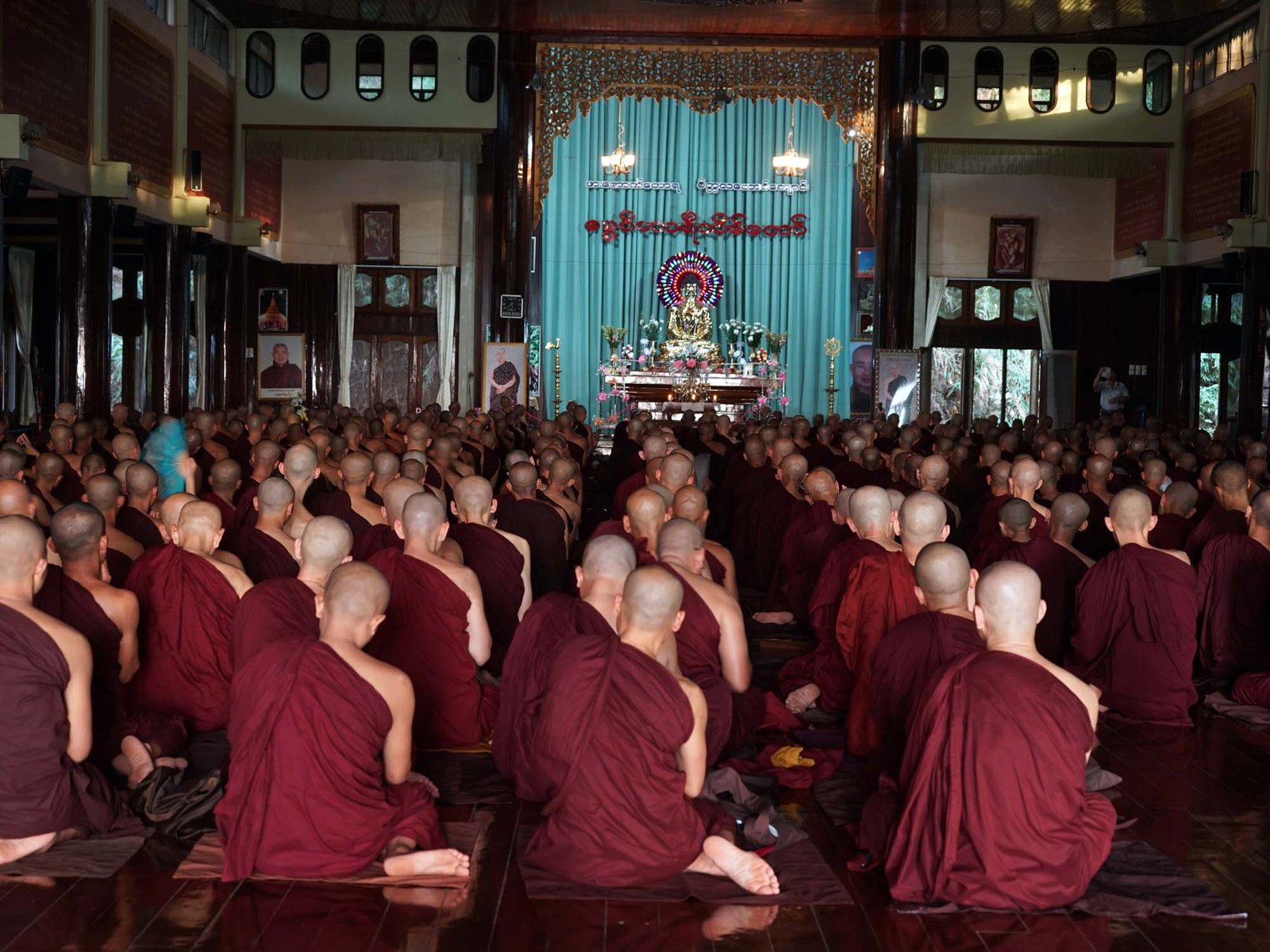 Key Festivals to Experience
Key Festivals to Experience
- Thadingyut Festival: Celebrated in October, marking the end of Buddhist Lent.
- Thingyan Water Festival: Celebrated in April, featuring water-based celebrations and traditional music.
- Kachin Manaw Festival: Celebrated by the Kachin people, featuring traditional dances and rituals.
Culinary Delights: A Feast for the Senses
Myanmar’s cuisine is a delightful blend of flavors influenced by its diverse ethnic groups. From street food to fine dining, the country offers a gastronomic journey that is sure to tantalize your taste buds.
Must-Try Dishes
- Mohinga: A traditional fish noodle soup, often considered the national dish.
- Laphet Thoke: A unique tea leaf salad with a mix of flavors and textures.
- Shan Noodles: A popular dish from the Shan State, featuring rice noodles and savory broth.
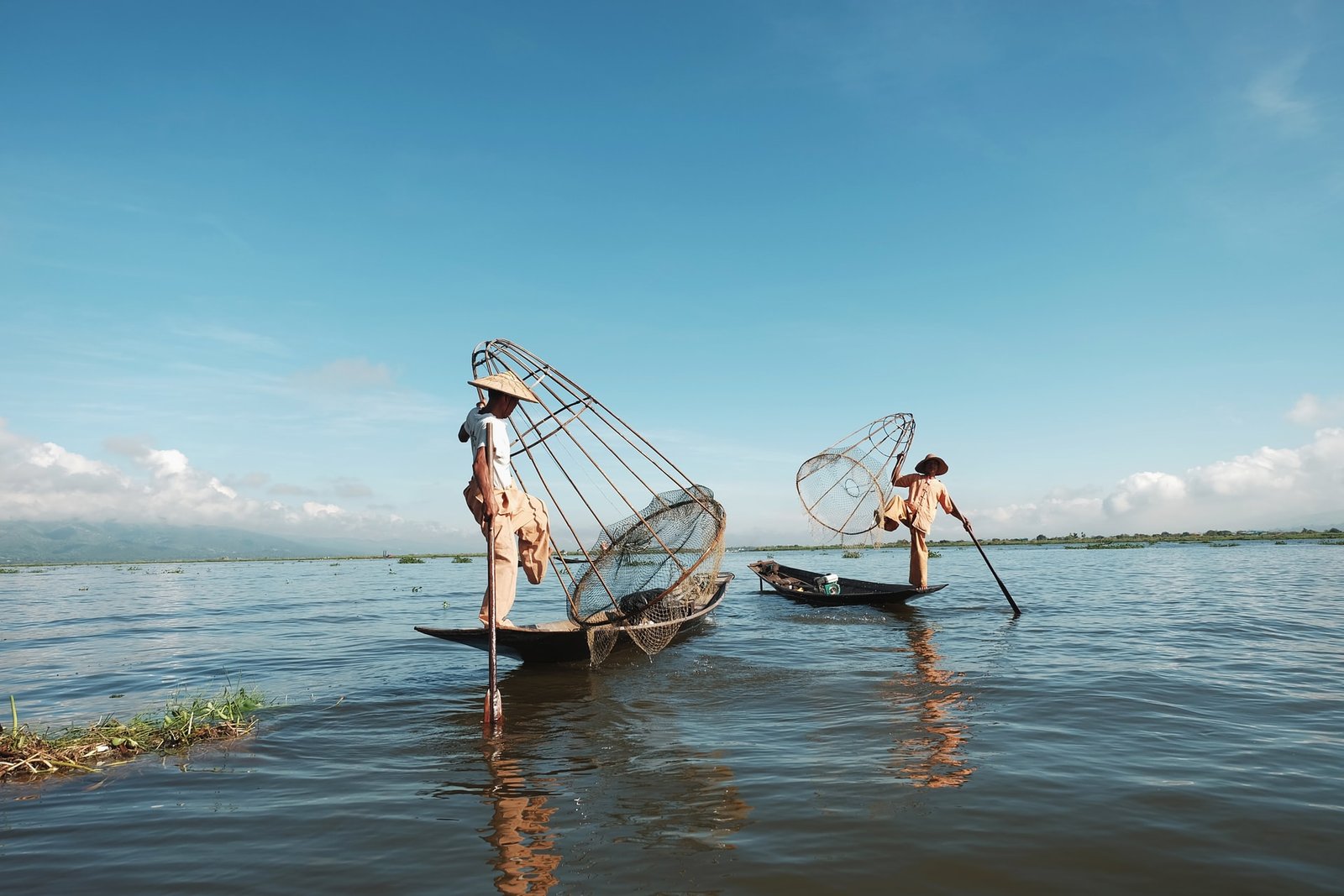 Traditional Arts and Crafts
Traditional Arts and Crafts
Myanmar is renowned for its traditional arts and crafts, including lacquerware, tapestry, and pottery. Visiting local workshops and markets provides an opportunity to appreciate the skill and craftsmanship involved in creating these beautiful items.
Notable Craft Villages
- Bagan: Famous for its lacquerware workshops.
- Inle Lake: Known for its lotus weaving and silverware.
- Mandalay: Renowned for its wood carving and tapestry.
Practical Tips for Traveling in Myanmar
Traveling in Myanmar requires some planning to ensure a smooth and enjoyable experience. Here are some practical tips to help you navigate the country with ease.
Visa and Entry Requirements
Most travelers to Myanmar require a visa, which can be obtained online through the eVisa system or at Myanmar embassies and consulates. Ensure that your passport is valid for at least six months from the date of entry.
Health and Safety
Myanmar is generally a safe destination for travelers, but it’s important to take common-sense precautions. Drink bottled water, practice good hygiene, and be mindful of local customs and laws. It’s also advisable to check for any travel advisories before your trip.
Getting Around: Transportation Options
Myanmar’s transportation network is gradually improving, offering various options for getting around the country.
Domestic Flights
Domestic flights are the quickest way to travel between major cities and tourist destinations. Airlines such as Myanmar National Airlines and Air KBZ operate regular flights to popular locations like Bagan, Mandalay, and Inle Lake.
Buses and Trains
Buses are a common and affordable mode of transport, with both standard and luxury options available. The train network, though slower, offers a unique way to see the countryside and interact with locals.
Taxis and Ride-Sharing
Taxis are widely available in cities, and ride-sharing apps like Grab operate in Yangon and Mandalay. Always agree on a fare before starting your journey or use the app’s fare estimator.
Responsible Travel: Respecting Local Culture and Environment
Traveling responsibly in Myanmar involves respecting local customs, traditions, and the environment. Here are some tips to help you be a responsible traveler.
 Cultural Etiquette
Cultural Etiquette
- Dress Modestly: Wear clothing that covers your shoulders and knees, especially when visiting religious sites.
- Remove Footwear: Always remove your shoes and socks before entering temples and homes.
- Respect Local Customs: Be mindful of local customs and traditions, and always ask for permission before taking photos of people.
Environmental Responsibility
- Minimize Plastic Use: Bring a reusable water bottle and avoid single-use plastics.
- Support Local Businesses: Choose locally-owned hotels, restaurants, and tour operators.
- Wildlife Conservation: Avoid activities that exploit animals, such as elephant rides or visits to unethical wildlife attractions.
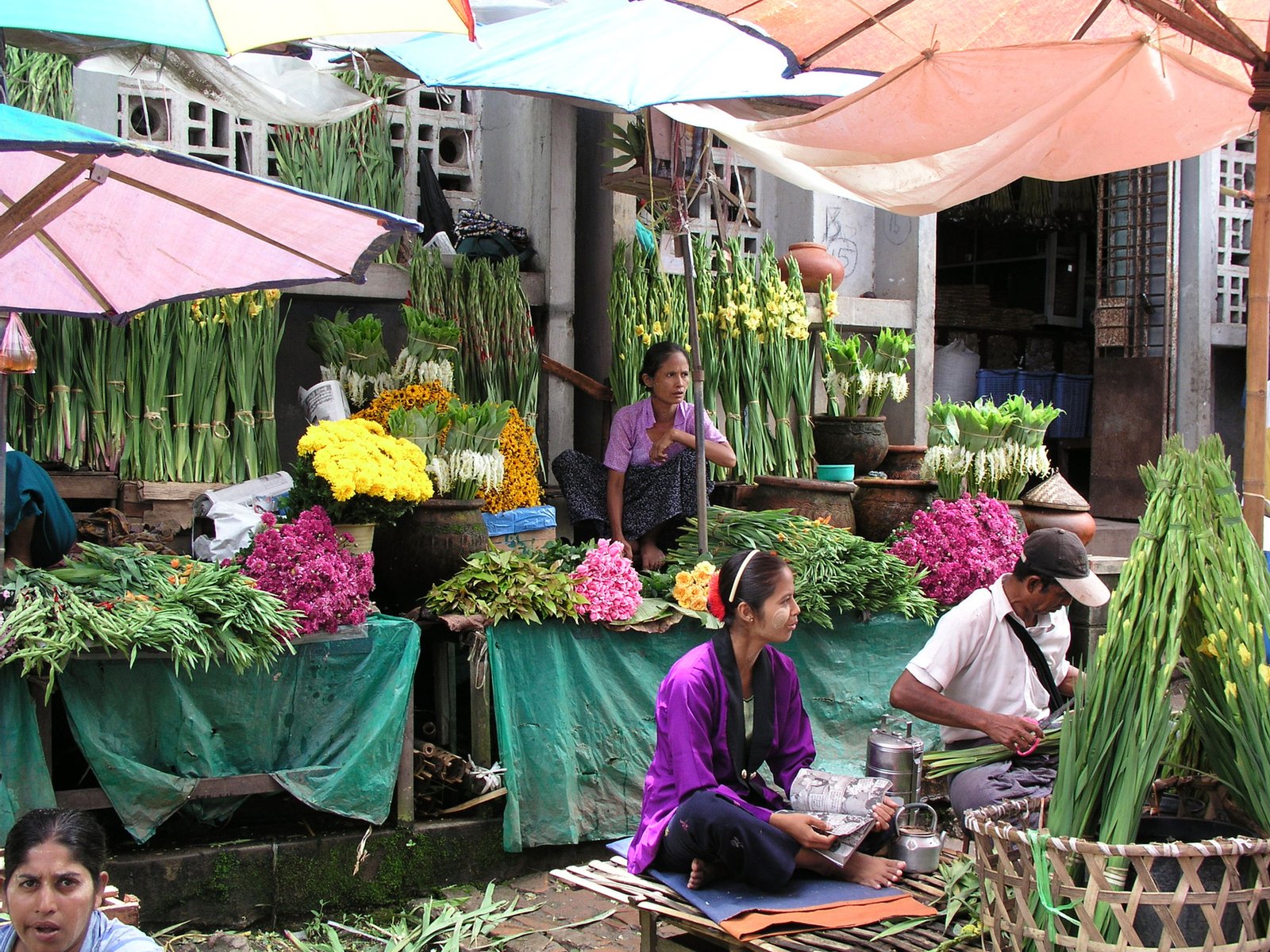 Conclusion: Embrace the Magic of Myanmar
Conclusion: Embrace the Magic of Myanmar
Myanmar is a land of unparalleled beauty and profound cultural depth. Whether you’re exploring ancient temples, sailing on tranquil lakes, or immersing yourself in local festivals, every moment in Myanmar is filled with wonder and discovery. By embracing responsible travel practices and respecting local traditions, you can ensure that your journey through this captivating country is both enriching and sustainable.
Embark on your Myanmar adventure with an open heart and a curious mind, and you’ll leave with unforgettable memories and a deeper appreciation for this remarkable corner of the world.

